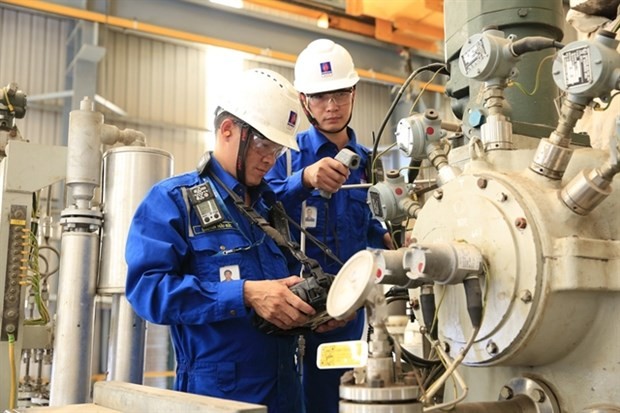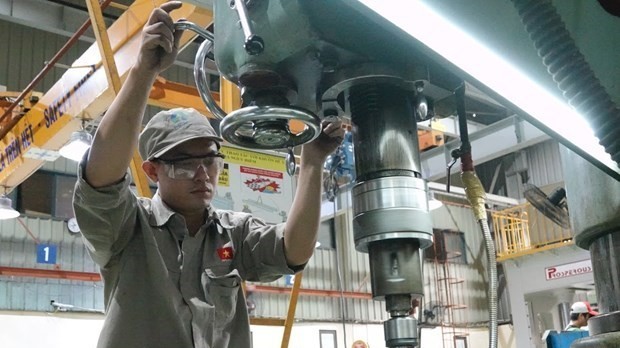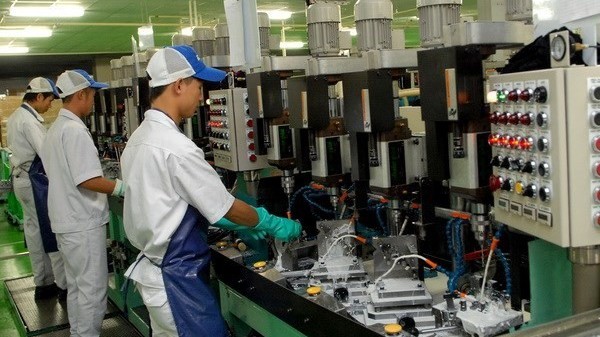
Vietnam’s manufacturing sector experienced third consecutive decline
Latest
 |
| Technicians at PV Oil perform maintenance at a refinery in the southern province of Ba Ria-Vung Tau. (Source: VNA) |
They said output and the number of new orders have decreased sharply with companies looking to cut jobs and reduce purchases.
The report said the Southeast Asian economy's Purchasing Managers' Index (PMI) was reported to have fallen to 45.3 in May from 46.7 in April. It marked the third consecutive month of decline and the largest drop since September 2021.
S&P Global said global demand for goods and services has remained weak, resulting in a significant drop in new orders. Revenue from export markets has also suffered for the third consecutive month.
Meanwhile, companies have taken measures to scale down production since the beginning of Q2, 2023, most notably in intermediate goods manufacturing. Weak demand has been hurting business confidence with Vietnam's PMI at its lowest level since November last year.
However, it has given companies time to address some backlog orders from previous months.
Despite companies reducing their operational capacity, they were able to tackle a significant portion of the backlog of work in May. The amount of unfinished work has decreased at the fastest pace since June 2021.
As production decreased, companies have been reducing both purchasing activities and inventory, marking the sharpest decline in inventory level in nearly two years.
Meanwhile, the operational efficiency of sellers has improved for the fifth consecutive time.
Finished goods inventory has also decreased as companies adjust their production operations in line with the decline in new orders. This is the first decrease in three months. Meanwhile, demand for input goods continues to decline, relieving pressure on the supply chain.
The operational efficiency of sellers has improved for the fifth consecutive year with the most significant improvement recorded since February 2015. Decreased purchasing activities also relieved some pressure on the supply chain.
Weaker demand has forced suppliers to reduce prices to boost demand while input costs have decreased for the first time in the last three years. Prices were reported to have gone down for a second consecutive month.
Andrew Harker, economics director at S&P Global Market Intelligence, said the current decline in the number of new orders is a warning sign for the country's manufacturing sector and the sector will likely face an extended period of contraction rather than just a temporary downturn.
He said companies should be on the lookout for economic data for the coming months as they will be crucial to determine if the market is going to recover.
























